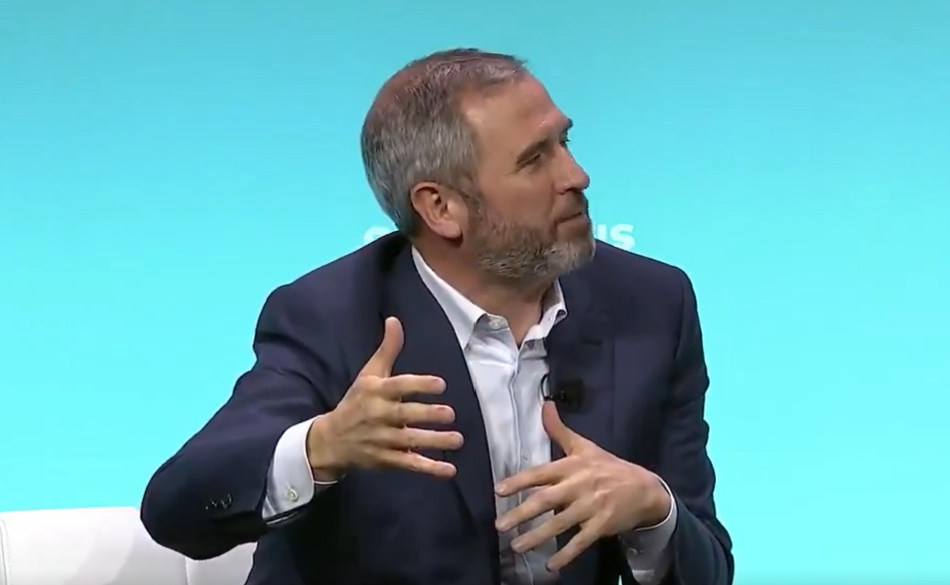At the recent 2024 Consensus Conference, Ripple CEO Brad Garlinghouse made some sharp remarks, focusing on the state of cryptocurrencies, particularly Dogecoin, and its role within the broader industry. Garlinghouse’s assessment was critical yet nuanced, emphasizing that his reservations about Dogecoin stem from concerns about its utility and the speculative dynamics it fosters, rather than outright opposition to the coin itself.
Garlinghouse began the discussion by highlighting the delay in cryptocurrency regulation in the United States, describing it as shockingly inadequate for the world’s largest economy. “The United States represents the bottom decile in terms of regulatory clarity,” he said, suggesting that this uncertainty is hindering the flow of institutional funds into cryptocurrencies and clouding the potential growth of the industry.
The Ripple CEO claimed that the current environment characterized by regulatory ambiguity has inadvertently paved the way for the proliferation of meme-based cryptocurrencies such as Dogecoin. “Once the U.S. economy really picks up and real institutional money starts flowing in, it’s hard to predict upside opportunities,” Garlinghouse explains, indicating that clearer regulations could refocus investments on more fundamentally sound projects.
Why Dogecoin Is Not a “Good Thing” for Crypto: Ripple CEO
Turning his attention to Dogecoin in particular, Garlinghouse expressed doubts about the value the cryptocurrency adds to the sector. “You know, I feel really bad when I say this, but I’m going to say it anyway. I don’t think Dogecoin is a good thing for the industry. And I’m not anti-Dogecoin, but I don’t know what the use cases are,” he elaborated.
His criticism centers around the lack of any real projects or utilities being developed around Dogecoin, unlike other blockchain technologies that are increasingly being applied to real-world problems. Dogecoin was the first memecoin, the forerunner of today’s memecoin craze.
Notably, this is not the first time the Ripple CEO has criticized Dogecoin. Speaking at the World Economic Forum in Davos earlier this year, he highlighted the lack of a clear use case for Dogecoin and attributed its popularity and market movements primarily to endorsements from celebrities such as Elon Musk rather than its technical or economic merits. . . He said, “I don’t see any use cases or purposes other than Elon Musk, the main actor.”
Garlinghouse’s comments come at a time when the cryptocurrency market is seeing a performance gap between traditional altcoins and meme coins. Bitcoin has already surged past its previous highs in 2021, but altcoins like XRP and Cardano are still down -85% from their peaks. Meanwhile, meme coins including PEPE, Dogwifhat (WIF), and BONK attracted significant trader attention and made significant gains.
This trend highlights broader market behavior tilting toward speculation in utilities. It is this dynamic that Garlinghouse criticizes while advocating a shift toward real problem solving. “We have to go beyond guessing. (…) I see a lot of practical utility in various chains. And I think that’s very important. And to me, the 10-year forecast should be about (this), solving real problems, not guessing,” he stressed.
At press time, Dogecoin was trading at $0.1445.
Featured image from Shutterstock, chart from TradingView.com

